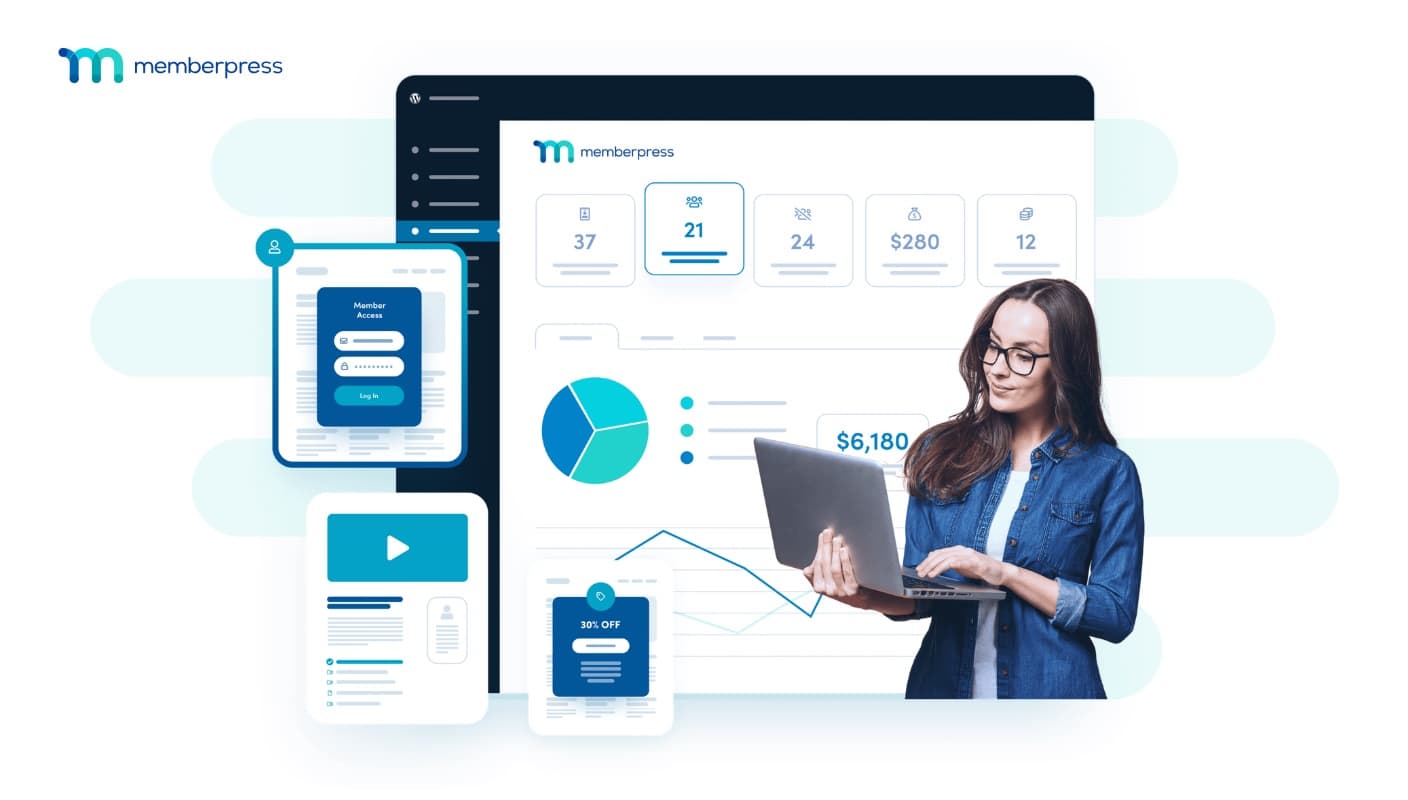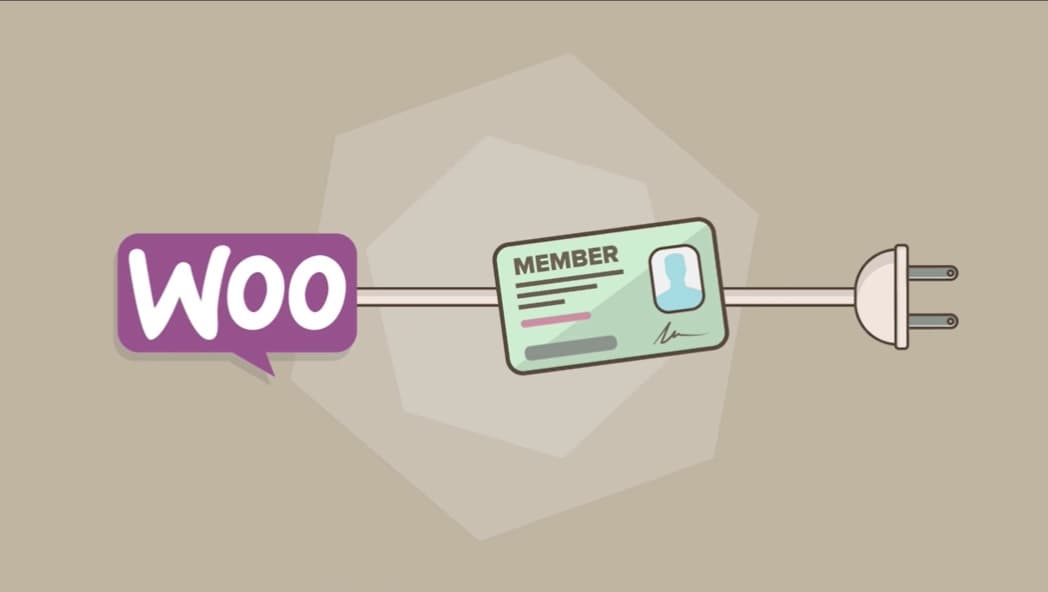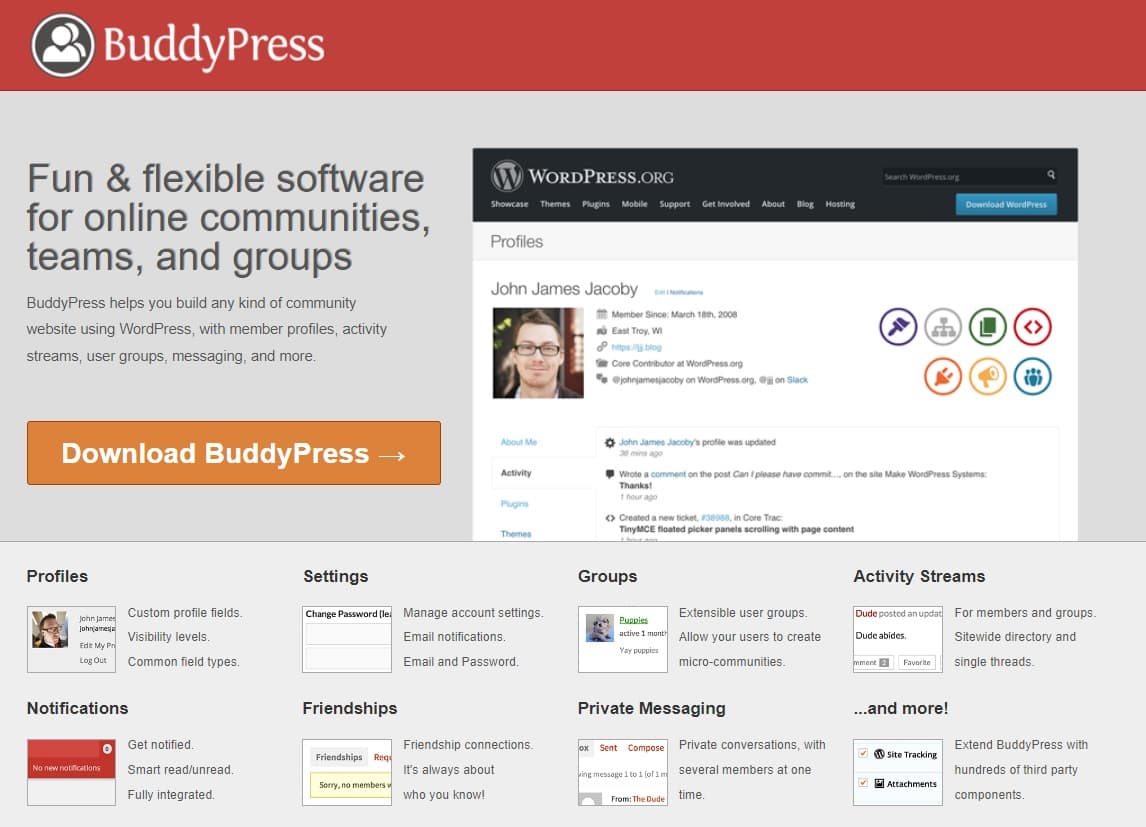How to build a premium WordPress website
 The Spenser Wordpress theme © wordpress.org
The Spenser Wordpress theme © wordpress.org
WordPress has become the go-to platform for building websites: according to data from W3Techs, WordPress powers 43.2% of all the websites in existence! One of the reasons for WordPress’s popularity is its ability to be expanded through plugins: there are approximately 60,000 free plugins in the official WordPress plugin directory, and many more paid-for plugins.
As we know here at Memberful, one popular extension for WordPress is membership, providing a way for digital publishers and creators to offer exclusive content, services, and products to their customers (or members) for a fee, thus creating a new revenue stream.
Why membership for premium WordPress?
Membership sites have become an essential part of many online businesses, providing a way to monetize online offerings by sharing exclusive content and services to members who have paid a fee. This exclusive content, also known as premium or gated content, may include blogs, courses, ebooks, webinars, videos and podcasts.
There was a boom in this during the pandemic, as people were forced to stay at home and consume or create content online. Membership sites offer several benefits, both to the site owner and the customers (or members). Some of the benefits of membership sites include:
- Steady stream of income: Membership sites offer a predictable recurring revenue stream for creators, as their members pay a monthly or annual fee to access these exclusive content and services.
- Community building: Membership sites can create a sense of community, which can lead to increased engagement and loyalty. Online members’ forums offer a more formal meeting point for like-minded people to communicate without the noise of, for example, free Facebook groups.
- Upselling opportunities: Membership sites can offer upselling opportunities, as members may be interested in purchasing additional content, products, access to real-world events or other services.
Using WordPress for membership sites
WordPress is a powerful content management system (CMS) that offers extensive flexibility and functionality for building membership sites. With its vast array of plugins and themes, WordPress enables you to create a unique and fully customized experience for your members.
By leveraging its user-friendly interface and robust features, you can easily manage memberships, content access, and payments. Setting up a membership function on your WordPress site is relatively easy, thanks to the wide range of plugins available. The first step is to choose a hosting provider and install WordPress.
Read more about building a WordPress membership site and installing WordPress hosting
Next, choose a WordPress theme that is specifically designed for membership sites. Look for a theme that offers a clean and professional design, seamless integration with membership plugins, and a responsive layout for optimal viewing on different devices.
Installing membership plugins
Once you have done that, you can choose a membership plugin and install it on your site. Setting up a membership site can be a daunting task, especially if you prefer to focus on creative output and don’t have the technical know-how, or don’t want to spend the time building, a membership functionality.
Fortunately there are many WordPress membership plugins available, each with its own set of features and pricing. Some popular options include MemberPress, Paid Memberships Pro. WooCommerce Memberships, and our own plugin, Memberful WP.
While it is possible to create a membership site without using a plugin, plugins make the process much easier and more efficient. Generally, it is not recommended to use multiple membership plugins on your site, as they may conflict with each other.
The below membership plugins are generally reputed to be secure and reliable, as long as you keep them updated. In the name of fairness we have listed what we believe to be the significant pros and cons for each platform:
1. MemberPress
Pros: MemberPress was designed for easy content restriction, offering versatile access control to members. Its integration with WordPress streamlines site management and content creation. MemberPress supports various payment gateways, ensuring flexibility in monetization.

Cons: Because MemberPress focuses on membership, full visual customization demands more technical expertise, limiting design options for non-technical users. You may need additional plugins to enhance branding functionality.
2. Restrict Content Pro
Pros: Restrict Content Pro’s intuitive interface enables seamless content restriction, making it user-friendly for site owners. The plugin supports various payment gateways, enhancing monetization options.

Cons: Restrict Content Pro was designed to help with gating content, so advanced membership features may require add-ons, potentially increasing costs. While it's suitable for many membership models, customization might require some extra technical expertise.
3. LearnDash
Pros: The LearnDash learning management system (LMS) enables easy course creation, drip feeding, content organization, and multimedia integration. Its gamification features engage learners and LearnDash supports various payment gateways for monetization.

Cons: Some users have mentioned that LearnDash has a bulky and slow user experience and a complex interface. This learning management system was made to be comprehensive, rather than easy to get to grips with.
4. Paid Memberships Pro
Pros: This plugin has robust content control and good membership tier flexibility, letting administrators control access to content based on membership levels, ensuring a personalized user experience and a choice of pricing.

Cons: The plugin has a limited free version almost certainly requiring the upgrade for a decent level of customization and payment functionality. The cumulative costs of premium customer support, and payment gateway fees can add up.
5. WooCommerce Memberships
Pros: WooCommerce Memberships was built especially to integrate seamlessly with WooCommerce, WordPress’s own e-commerce system. It offers a range of features, including content dripping, access control, and payment integration with PayPal, Stripe and other gateways.

Cons: While WooCommerce Memberships is versatile, it was built originally for ecommerce not memberships. So it might not cater to every intricate membership model, potentially limiting flexibility for your members.
6. WP-Members
Pros: WP-Members offers easily customizable registration forms with variable fields to gather specific user information during the signup process. The plugin provides simple control over user roles, granting you the ability to assign different privileges to various membership levels.

Cons: The payment gateways for WP-Members can be limited so if you require integration beyond basic PayPal, you’ll rely on third-party solutions. Similarly, if you have intricate pricing structures or complex subscription models, the plugin's capabilities might be limited.
7. BuddyPress
Pros: BuddyPress is a forum tool for creating online communities and social networks within WordPress websites. As such it enables users to easily connect, communicate, and collaborate through profiles, activity streams, and groups.

Cons: Running a BuddyPress community can require significant server resources, particularly as the community grows. This could lead to slower performance or the need for more robust hosting environments, which might not be suitable for smaller websites and companies.
Bonus: Memberful
It would be remiss of us to not mention Memberful! We offer a seamless integration with WordPress, enabling easy management of your members and their access to paid content, plus customizable branding and pricing.
Perhaps most importantly, even though we are technically a plugin, we don’t function like most other WordPress plugins. The backend of our membership management dashboard is hosted on our own servers and so doesn’t add any load to your website. We offer all the essential features ( and more!) needed to run a successful membership business.
If you have any questions, don’t hesitate to get in touch with our customer happiness team!
Building the membership structure
To offer a valuable membership experience, it is crucial to define clear membership levels and determine the access privileges associated with each level. This allows you to deliver exclusive content and benefits to different segments of your audience. Here's how you can accomplish this:
- Planning membership tiers: Carefully plan your membership tiers based on the value you intend to provide and the pricing structure that aligns with your business goals. Consider offering different levels of access, such as basic, premium, and VIP, each with its own unique benefits and features. It’s useful to call each of these levels something distinct and memorable such Bronze, Silver and Gold.
- Sales funnel: You will need to create a pricing page where users can purchase membership levels. This page should include information about the different membership levels, their features, and their pricing.
- Add sign-up and login forms: You will need to add sign-up and login forms to your site so that users can create accounts and log in to access their membership content.
- Content restriction: Use your chosen membership plugin to restrict access to premium content. This ensures that only members with the appropriate membership level can view and consume exclusive materials.
Creating engaging and valuable content
Content is the heart and soul of any successful membership site. To outrank your competitors, focus on creating high-quality and engaging content that truly adds value to your members.
Here are some strategies to accomplish this:
- Understanding your audience: Take the time to understand your target audience's needs, pain points, and aspirations. Conduct market research, engage with your members through surveys or feedback forms, and analyze their behavior to gain valuable insights. This will help you tailor your content to their specific interests.
- Providing exclusive resources: Offer exclusive resources, such as ebooks, video tutorials, templates, case studies, or industry reports, that are not readily available elsewhere. This will entice potential members to join your site and keep existing members engaged.
- Consistent and regular updates: Regularly update your membership site with fresh and valuable content. This not only keeps your members engaged but also improves your site's visibility and rankings on search engines. Consider implementing a content calendar to plan and organize your updates effectively.
Optimizing the user experience
A seamless and user-friendly experience is crucial for the success of your membership site. By optimizing the user experience, you can increase member satisfaction and retention. Here are some tips to enhance the user experience on your site:
- Intuitive navigation: Ensure that your site has a clear and intuitive navigation structure, making it easy for members to find the content they are looking for. Use descriptive menu labels and organize your content in logical categories.
- Responsive design: Optimize your membership site for different devices, including desktops, tablets, and smartphones. Responsive design ensures that your site looks and functions flawlessly, regardless of the device used by your members.
- Streamlined checkout process: Simplify the membership sign-up and payment process to reduce friction and increase conversions. Offer multiple payment options, such as credit cards, Apple Pay, Google Pay, or Stripe, and provide clear instructions at each step of the checkout process.
Conclusion: How to build the best WordPress membership site
Building a premium Wordpress website has never been easier, thanks to the huge number of customization options and the wide range of plugins available. And building a membership area for your site can help to create a lucrative and rewarding online business.
You’re able to receive a recurring stream of income in exchange for your content, an opportunity to forge a fantastic community of like-minded and loyal members, and the chance to develop a deeper connection through upselling additional content and access to real-world events.
Whether you're looking to offer exclusive content, sell online elearning courses, privately publish a podcast or create a social network, building a premium WordPress website can help you achieve your membership goals. Good luck!
Subscribe for updates
Stay up to date on Memberful's latest product updates, insights, and teaching centered around growing your community.
Have an audience?
Customers like Mythical (28+ million subscribers) rely on Memberful to power their membership communities.
Get started for free